Grow Bell Peppers Indoors? Absolutely! Imagine plucking fresh, vibrant bell peppers right from your own indoor garden, even when the snow is falling outside. Forget those bland, overpriced peppers from the grocery store – with a few clever tricks and a little DIY spirit, you can cultivate your own delicious harvest year-round.
The history of indoor gardening stretches back centuries, with evidence suggesting that the Romans were among the first to cultivate plants indoors. While they might not have been growing bell peppers under grow lights, the underlying principle remains the same: bringing the bounty of nature into our homes. Today, with advancements in technology and a growing desire for sustainable living, indoor gardening is experiencing a major resurgence.
Why should you learn to grow bell peppers indoors? Well, for starters, it gives you complete control over the growing environment, shielding your precious plants from pests, diseases, and unpredictable weather. Plus, it’s incredibly rewarding to nurture a plant from seed to harvest, knowing you’re providing yourself with fresh, healthy food. I’m excited to share some simple, effective DIY tricks that will have you harvesting beautiful bell peppers in no time, regardless of your outdoor space or climate. Let’s get started!
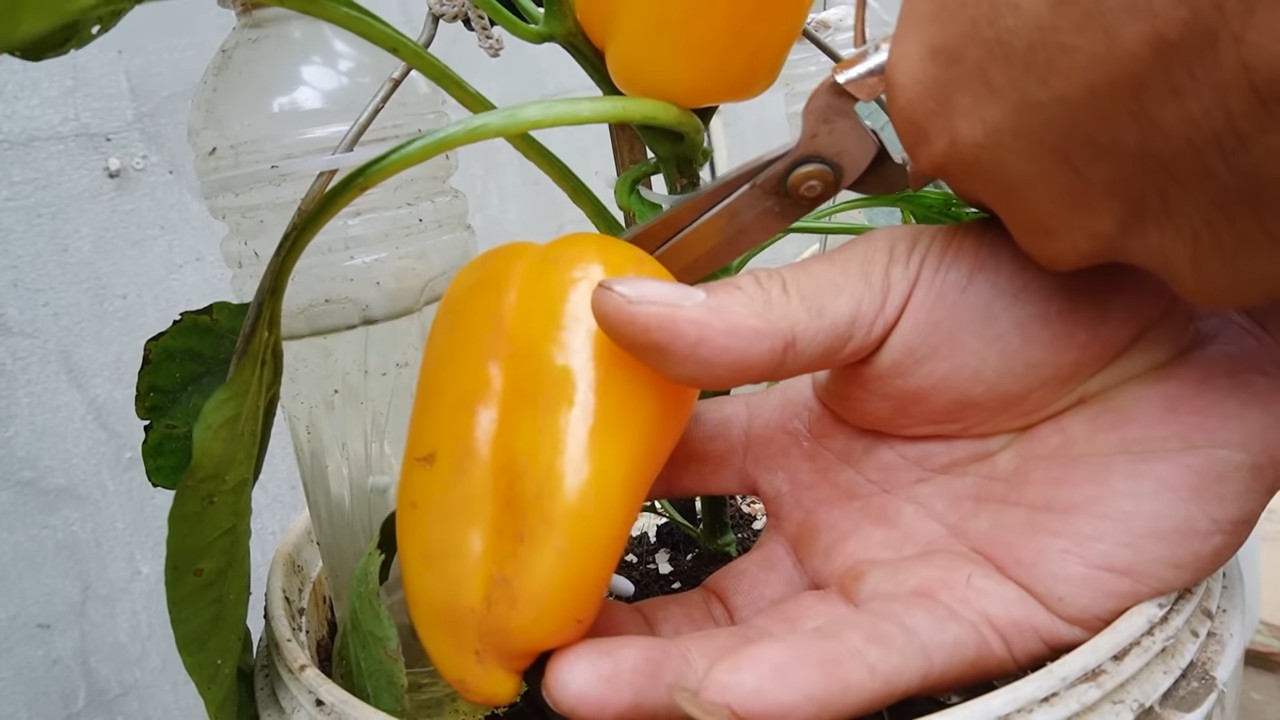
Growing Peppers Indoors: Your Comprehensive DIY Guide
Hello, dear garden friends! Are you tired of expensive peppers from the supermarket that often lack full flavor? Me too! That’s why I decided to grow my own peppers indoors. And you know what? It’s easier than you think! In this article, I’ll show you step-by-step how to grow your own juicy peppers in your own four walls. Let’s get started!
What You Need: The Right Equipment
Before we begin, we’ll naturally need the right equipment. Here is a list of everything you’ll need for growing peppers indoors:
- Pepper seeds: Choose your favorite varieties! There are countless pepper varieties, from mild to hot, from red to yellow. Make sure the seeds are of good quality.
- Seed-starting mix: Regular potting soil is often too heavy for the delicate seedlings. Seed-starting mix is loose and low in nutrients, ideal for the first few weeks.
- Starter pots or trays: Small pots or trays with drainage holes are perfect for starting seeds. You can also use egg cartons or yogurt cups, as long as you make holes for water drainage.
- Planters: Larger pots (at least 20 cm / 8 inches in diameter) for the pepper plants when they get bigger.
- Potting soil: High-quality potting soil for the larger pots.
- Grow light (optional, but highly recommended): Especially in the darker months, a grow light is worth its weight in gold to give the pepper plants enough light.
- Spray bottle: For moistening the soil.
- Watering can: For watering the plants.
- Fertilizer: Liquid fertilizer for vegetables, once the plants are larger.
- Plant stakes (optional): To support the plants when they bear fruit.
Phase 1: Starting the Pepper Seeds
Starting the seeds is the first and most important step. Here we lay the foundation for a successful pepper harvest.
- Prepare the starter pots: Fill the starter pots or trays with seed-starting mix. Press the soil down lightly.
- Sow the seeds: Place 2-3 seeds per pot on the soil. Cover the seeds with a thin layer of seed-starting mix (about 0.5 cm / 0.2 inches).
- Water: Gently moisten the soil with a spray bottle. The soil should be damp, but not wet.
- Cover (optional): Cover the starter pots with plastic wrap or a lid to increase humidity. Don’t forget to ventilate regularly to prevent mold.
- Location: Place the starter pots in a warm place (approx. 22-25°C / 72-77°F). A bright location is important, but direct sunlight should be avoided.
- Patience: Germination can take 1-3 weeks. Keep the soil moist and ventilate regularly.
Phase 2: Pricking Out the Seedlings
Once the seedlings have developed their first true leaves (in addition to the initial seed leaves), it’s time to prick them out. This means we move the small plantlets into larger pots.
- Prepare the planters: Fill the planters with potting soil.
- Remove the seedlings: Gently loosen the seedlings from the starter pots. It’s best to use a dibber or a spoon. Be careful not to damage the roots.
- Planting: Place the seedlings in the planters. The soil should reach just below the first leaves.
- Watering: Water the plants gently.
- Location: Place the plants in a bright and warm location. If you have a grow light, now is the perfect time to use it.
Phase 3: Caring for the Pepper Plants
Now the real work begins! The pepper plants need regular care to grow healthy and produce a lot of fruit.
- Watering: Water the plants regularly, but avoid waterlogging. The soil should always be slightly moist.
- Fertilizing: Start fertilizing about 2-3 weeks after pricking out. Use a liquid fertilizer for vegetables and follow the dosage instructions on the package.
- Light: Peppers need a lot of light! If you don’t have a grow light, place the plants on a south-facing window. Rotate the pots regularly so that all sides of the plant receive enough light.
- Temperature: The ideal temperature for peppers is between 20 and 25°C (68-77°F).
- Pruning (optional): You can prune the pepper plants to promote growth and stimulate fruit production. To do this, remove side shoots that grow between the main stem and the leaves.
- Pollination: Peppers are self-pollinators, but you can assist pollination by gently shaking the plants or by brushing over the flowers with a paintbrush.
- Supporting: When the plants bear fruit, they can become heavy. Support the plants with stakes to prevent them from breaking.
Phase 4: Harvesting the Peppers
Finally! The moment we’ve all been waiting for: the harvest!
- Ripeness: The peppers are ripe when they have reached their final color and feel firm.
- Harvesting: Cut the peppers with a sharp knife or scissors. Be careful not to damage the plant.
- Enjoy: Use the peppers immediately or store them in the refrigerator.
Additional Tips and Tricks for Successful Indoor Pepper Cultivation
- Pests: Watch out for pests like aphids or spider mites. In case of an infestation, you can treat the plants with a natural insecticide.
- Diseases: Watch out for signs of diseases like powdery mildew or gray mold. Remove affected leaves immediately.
- Humidity: High humidity can promote mold. Ensure good ventilation.
- Repotting: When the plants become too large for their pots, you can transplant them into larger ones.
- Variety selection: Choose pepper varieties that are suitable for growing in pots. Smaller varieties are often better suited than large ones.
- Patience: Growing peppers takes time and patience. Don’t be discouraged if it doesn’t work out right away.
Common Mistakes to Avoid
- Too little light: Peppers need a lot of light. Make sure the plants get enough light.
- Too much water: Waterlogging can lead to root rot. Only water the plants when the soil is dry.
- Too little fertilizer: Peppers need sufficient nutrients. Fertilize the plants regularly.
- Temperatures are too cold: Peppers are heat-loving. Make sure the plants are not exposed to cold temperatures.
- Ignoring pests: Pests can damage the plants. Check the plants regularly and treat them in case of an infestation.
I hope this guide helps you grow your own peppers indoors. It is a rewarding project.
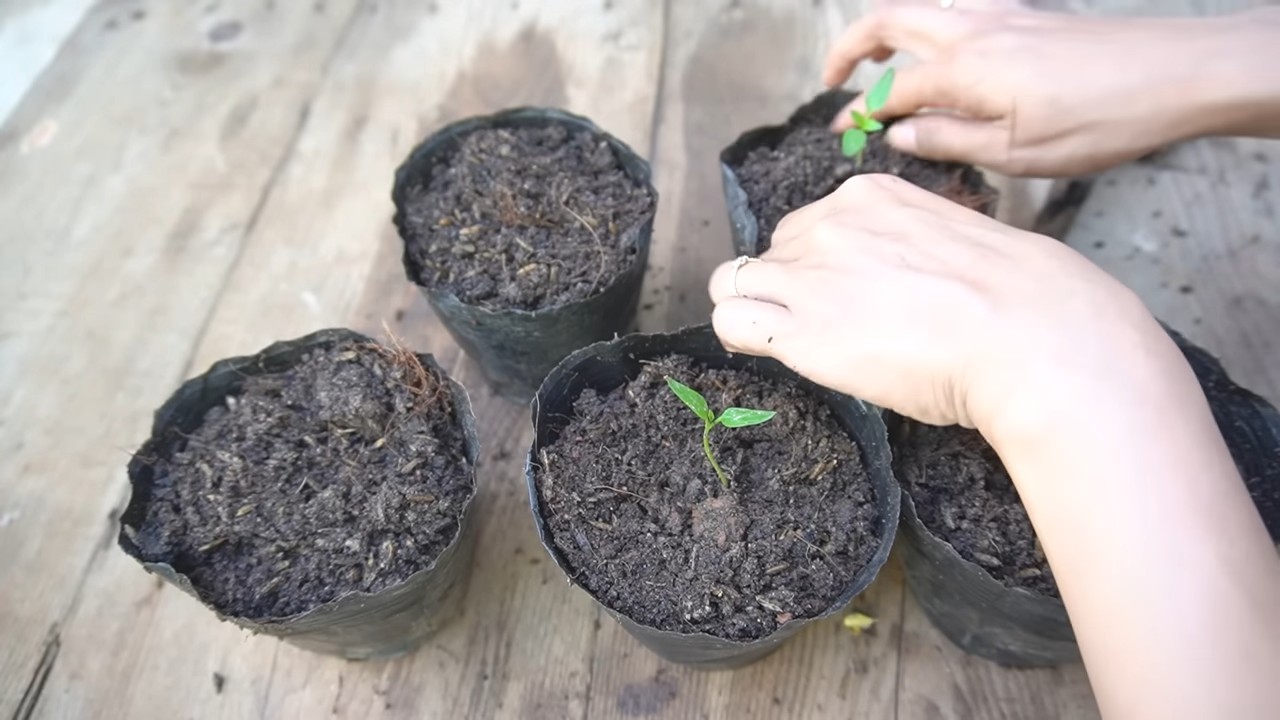
Conclusion
So, there you have it! Growing bell peppers indoors might seem like a challenge, but with a little patience, the right setup, and these simple DIY tricks, you can enjoy fresh, vibrant bell peppers right from the comfort of your home, no matter the season. This isn’t just about having access to delicious produce; it’s about connecting with the natural world, learning a new skill, and experiencing the satisfaction of nurturing something from seed to harvest.
Why is this DIY approach a must-try? Because it empowers you to control the growing environment, ensuring optimal conditions for your bell peppers to thrive. You’re no longer at the mercy of unpredictable weather or limited access to fresh, locally grown produce. Plus, it’s incredibly rewarding to witness the entire life cycle of a plant, from tiny seedling to a bountiful harvest of colorful bell peppers.
Don’t be afraid to experiment! Try different varieties of bell peppers to see which ones flourish best in your indoor setup. Consider using different types of grow lights to optimize light exposure. You can even explore hydroponic systems for a soilless growing experience. For those with limited space, dwarf bell pepper varieties are an excellent choice. And if you’re feeling adventurous, try companion planting basil or marigolds near your bell peppers to deter pests naturally.
We’ve covered the essentials, from seed starting and transplanting to pollination and pest control. Remember, consistency is key. Regular watering, proper fertilization, and adequate light are crucial for success. Keep a close eye on your plants, and don’t hesitate to adjust your approach as needed.
Now it’s your turn! We wholeheartedly encourage you to give this DIY trick a try. Start small, learn as you go, and don’t be discouraged by initial setbacks. Growing bell peppers indoors is a journey, and every step is a learning opportunity.
Most importantly, we want to hear about your experiences! Share your successes, your challenges, and any tips or tricks you discover along the way. Post photos of your indoor bell pepper garden on social media using #IndoorBellPeppers and tag us! Let’s create a community of indoor gardeners who are passionate about growing their own food and sharing their knowledge with others. Your insights could inspire someone else to embark on their own indoor gardening adventure. Happy growing!
Frequently Asked Questions (FAQ)
Q: What are the best bell pepper varieties to grow indoors?
A: While many bell pepper varieties can be grown indoors, some tend to perform better than others. Smaller, more compact varieties like ‘Mini Bell’, ‘Patio Bell’, and ‘Lunchbox’ peppers are excellent choices for indoor growing, especially if you have limited space. These varieties typically mature faster and produce a good yield in smaller containers. However, you can also successfully grow larger varieties like ‘California Wonder’ or ‘Jupiter’ indoors, provided you have adequate space and support for the plants. Consider the size of your growing area and the amount of light available when selecting your bell pepper variety. Remember that the color of the bell pepper (green, red, yellow, orange) doesn’t necessarily affect its suitability for indoor growing; it’s more about the plant’s overall size and growth habit.
Q: How much light do indoor bell peppers need?
A: Bell peppers are sun-loving plants and require a significant amount of light to thrive. Ideally, they need at least 6-8 hours of direct sunlight per day. However, since natural sunlight can be limited indoors, especially during winter months, supplemental lighting is often necessary. Full-spectrum LED grow lights are an excellent option, as they provide the necessary wavelengths of light for photosynthesis. Position the grow lights about 6-12 inches above the plants and adjust the height as the plants grow. You can also use fluorescent grow lights, but they are generally less efficient than LEDs. Observe your plants closely for signs of insufficient light, such as leggy growth, pale leaves, or lack of flowering. If you notice these symptoms, increase the intensity or duration of the light.
Q: What type of soil is best for growing bell peppers indoors?
A: Bell peppers prefer well-draining, nutrient-rich soil. A good potting mix specifically formulated for vegetables is ideal. Avoid using garden soil, as it can be too heavy and may contain pests or diseases. You can also create your own potting mix by combining equal parts of peat moss, perlite, and vermiculite. This mixture provides good drainage, aeration, and moisture retention. Adding compost or other organic matter to the potting mix will further enhance its nutrient content. Ensure that the containers you use have drainage holes to prevent waterlogging, which can lead to root rot.
Q: How often should I water my indoor bell peppers?
A: The watering frequency for indoor bell peppers depends on several factors, including the size of the container, the type of soil, the temperature, and the humidity. Generally, you should water your bell peppers when the top inch of soil feels dry to the touch. Avoid overwatering, as this can lead to root rot. When you water, water thoroughly until the water drains out of the drainage holes. Allow the excess water to drain away completely. During hot, dry periods, you may need to water more frequently. Conversely, during cooler, more humid periods, you may need to water less frequently. Monitor the moisture level of the soil regularly and adjust your watering schedule accordingly.
Q: How do I pollinate my indoor bell peppers?
A: Bell peppers are self-pollinating, meaning they have both male and female parts in the same flower. However, indoor plants may require assistance with pollination, as there are no wind or insects to transfer pollen. You can manually pollinate your bell peppers by gently shaking the plants or using a small paintbrush to transfer pollen from one flower to another. Do this during the warmest part of the day when the pollen is dry and easily released. You can also use a fan to create a gentle breeze, which can help to distribute the pollen. Another effective method is to use an electric toothbrush to vibrate the flower stems, which will release the pollen. Repeat the pollination process every few days to ensure successful fruit set.
Q: What are some common pests and diseases that affect indoor bell peppers, and how can I control them?
A: Common pests that can affect indoor bell peppers include aphids, spider mites, whiteflies, and fungus gnats. These pests can be controlled with insecticidal soap, neem oil, or horticultural oil. Apply these treatments according to the manufacturer’s instructions. Regularly inspect your plants for signs of pests and take action promptly to prevent infestations from spreading. Common diseases that can affect indoor bell peppers include powdery mildew, blossom-end rot, and fungal leaf spots. Powdery mildew can be treated with fungicides or by improving air circulation around the plants. Blossom-end rot is caused by calcium deficiency and can be prevented by ensuring that the soil is properly amended with calcium and that the plants are watered consistently. Fungal leaf spots can be treated with fungicides or by removing and destroying infected leaves. Maintaining good hygiene, such as removing fallen leaves and debris, can help to prevent the spread of diseases.
Q: How long does it take for bell peppers to mature indoors?
A: The time it takes for bell peppers to mature indoors depends on the variety, the growing conditions, and the size of the plant. Generally, it takes about 60-90 days from transplanting for bell peppers to mature. Some smaller varieties may mature faster, while larger varieties may take longer. The color of the bell pepper also affects the maturity time. Green bell peppers are typically harvested before they are fully ripe, while red, yellow, and orange bell peppers are allowed to ripen on the plant for a longer period. Monitor your plants closely and harvest the bell peppers when they reach the desired size and color.
Q: Can I grow bell peppers indoors year-round?
A: Yes, you can grow bell peppers indoors year-round, provided you have the right setup and growing conditions. Supplemental lighting is essential for year-round growing, as natural sunlight may be insufficient during winter months. You also need to maintain a consistent temperature and humidity level. With proper care and attention, you can enjoy a continuous harvest of fresh bell peppers throughout the year.

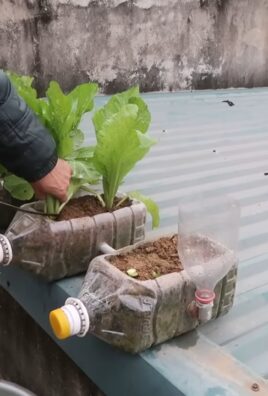
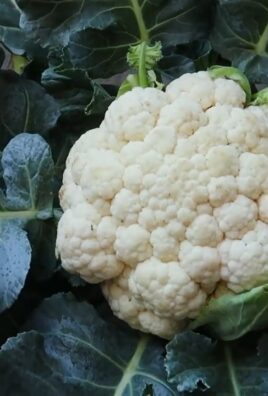
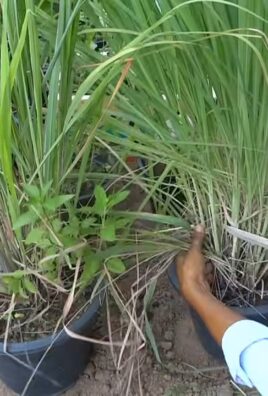
Leave a Comment